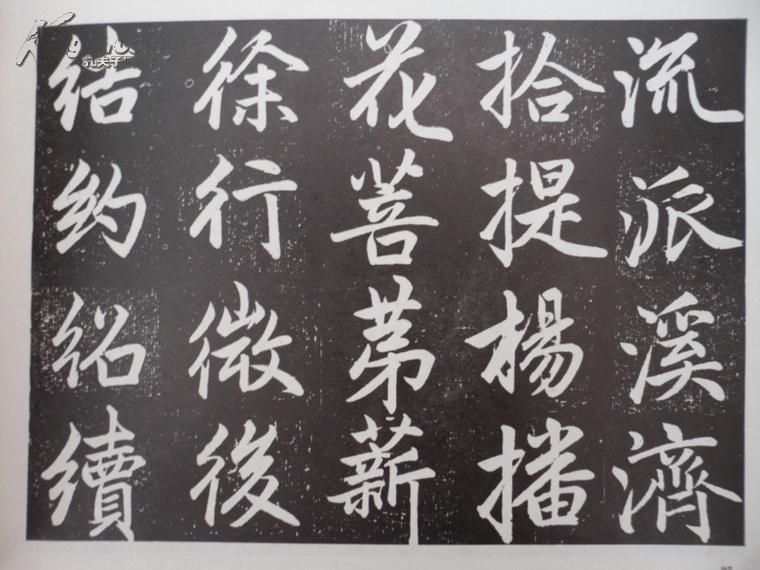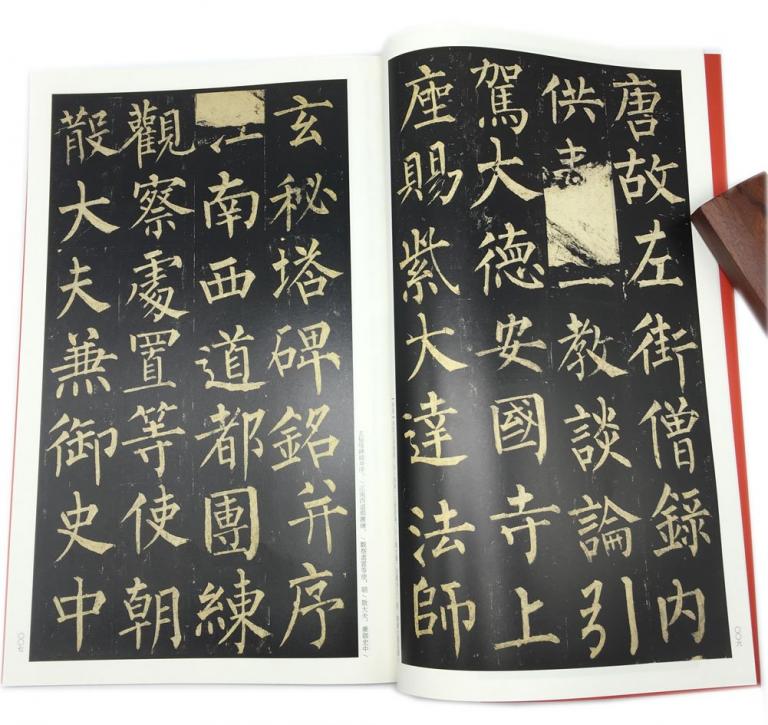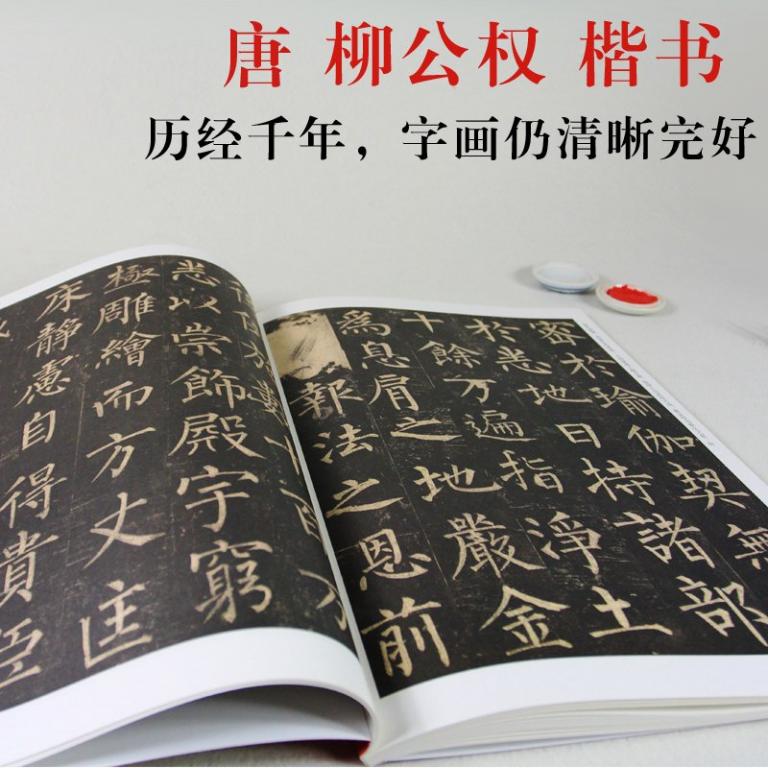Calligraphic Characteristics of Yan Zhenqing and Liu Gongquan
4 min readDuring the early Tang dynasty, Emperor Li Shimin’s admiration of Wang Xizhi and Wang Xianzhi contributed to the predominance of their calligraphic works. By the period of mid-Tang dynasty, more and more people began to disrespect and doubt about their artistic values. This laid down the basic foundation for the innovation of the mid-Tang calligraphic style.

Emperor Li Longji, who also liked art, preferred full and round writing style and opposed the preferable bony style of the Wangs. This fashion, followed by al officials, was pushed by Yan Zhenging to its peak Yan Zhenqing (709-785), courtesy name (zi) Qingchen, was from Wannian, in Shaanxi) and was a native of Langya (now Linyi, in Shandong). In the history of calligraphy he succeeded Wang Xizhi and Wang Xianzhi to be the most influential calligrapher who acquired the highest achievement. He g Xu and the Four Masters of Early Tang Dynasty and then rated things of diverse nature. He reformed the traditional creating method d bid defiance to the writing style of early Tang dynasty. With his adaptation of techniques fro g and small seal script, he converted the bony and stiff approach of writing into a round and full manner His works displayed a vast and extensive writing style, the structure of which was vigorous and lofty.
This style embodied the thriving ethos of the Tang golden age, and corresponded to his righteousness, demonstrating the perfect association of calligraphic beauty and moral virtues. He cultivated a unique Yan style which was often mentioned in the same breath with Liu Gongquan’s calligraphy as “Yan Liu”. There was also a laudatory saying goes as “muscles of Yan’s calligraphy and bones of Liu”. Unfortunately, during the reign of Emperor Dezong, Prime Minister sent him to persuade a rebel general Li Xilie, by whom he was imprisoned and killed in the end Yan left a great many calligraphic works, 138 allegedly. He had many regular style representative works while gaining high achievements in cursive and semi cursive script. His Funeral Address for Nephew blended regular, cursive and semi- cursive writing and held in esteem as “the second best semi-cursive script in the world”, thus becoming the paragon of China’s calligraphic history.

His regular script work The Self-inscribed Appointment, which was vigorous and precise, was a work of exceptional meticulousness and took on a simple elegance. Between the lines of this work were the artistic conceptions of the semi-cursive script of Yan style and the subtle changes of structure. It was an exceptional text-book- style that every calligraphers of later generation must imitate. Other important works were stele inscription Stele of the Abundant Treasure Pagoda, Stele of Yan Family Temple etc. The introduction of the Yan style calligraphy truly incarnated the magnificent golden age of Tang dynasty. It was until then that the Tang’s writing style broke away from the constraint of Six Dynasties, established an idiosyncrasy which paralleled that of Jin and became the second peak in the history of calligraphy. At the same time, Yan became a first-rate calligrapher who succeeded Wang Xizhi and deeply influenced later calligraphers. By the late Tang dynasty, the national power began to decline; and the calligraphy world declined as well Liu Gongquan was the only famous calligrapher o the period. Liu Gongquan (778-865), courtesy name (zi) Chengxuan, was native of Huayuan Jingzhao (now Yao county, in Shaanxi). He was an upright man who had a frank and honest personality and enjoyed the laudatory name of “brush-remonstrator”.
Once, upon Emperor Mu’s inquiry of the control of brush, he said, “your heart controls Vour your brush; your brush is straight as your heart is stalwart. ” These words referred to the inherent connection between the ideological cultivation and the calligraphic art, connoting an obvious irony. Liu’s calligraphy had a great reputation ever since the Tang dynasty. Folk has haracters worth a thousand each. ” He directly inherited a regular script style from Yan Zhenging, with whom he was entitled”the muscles of Yan”s calligraphy and bones of Liu’s”. He initially followed Wang Xizhi and Wang Xianzhi, and then referred to Ouyang Xun and Yu Shinan’s’ writing techniques. He especially benefited from Yan Zhenqing. He combined styles of different calligraphers to create powerful and vigorous worksf which the characters were rigorous and meticulous and the characteristic celebrated a bony vigor. His regular script was with powerful yet fascinating strokes and vigorous structure. His semi-cursive script and cursive script were most exquisite.
As a result of his original characteristic, Liu Gongquan’s calligraphy was known as the Liu style to later generations. Liu’s work Stone Inscription for Diamond Sutra was carved on stones, altogether 12 pieces with 11 characters each line. The original stones were destroyed during the Song dynasty. The only Tang rubbing was discovered in Mogao Grottoes, Dunhuang and is presently stored in Paris Museum. This was the early representative work ofLiu. The writing was precise and rigorous, the penmanship thin yet robust with elegance. Among his stele inscriptions that remain to us today are Military Stele Inscription for Divine Plane and Mysterious Pagoda Stele Inscription.









